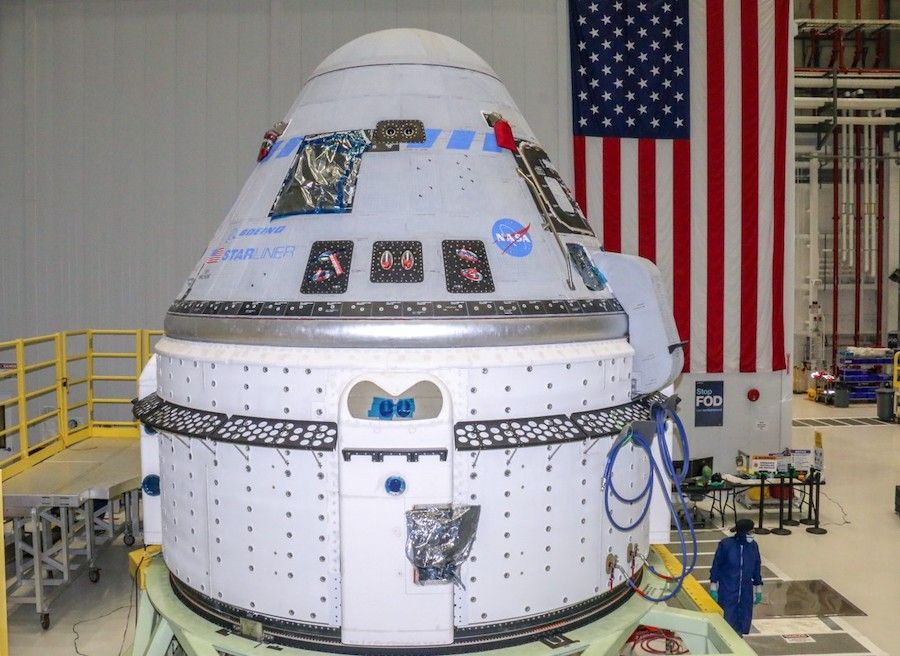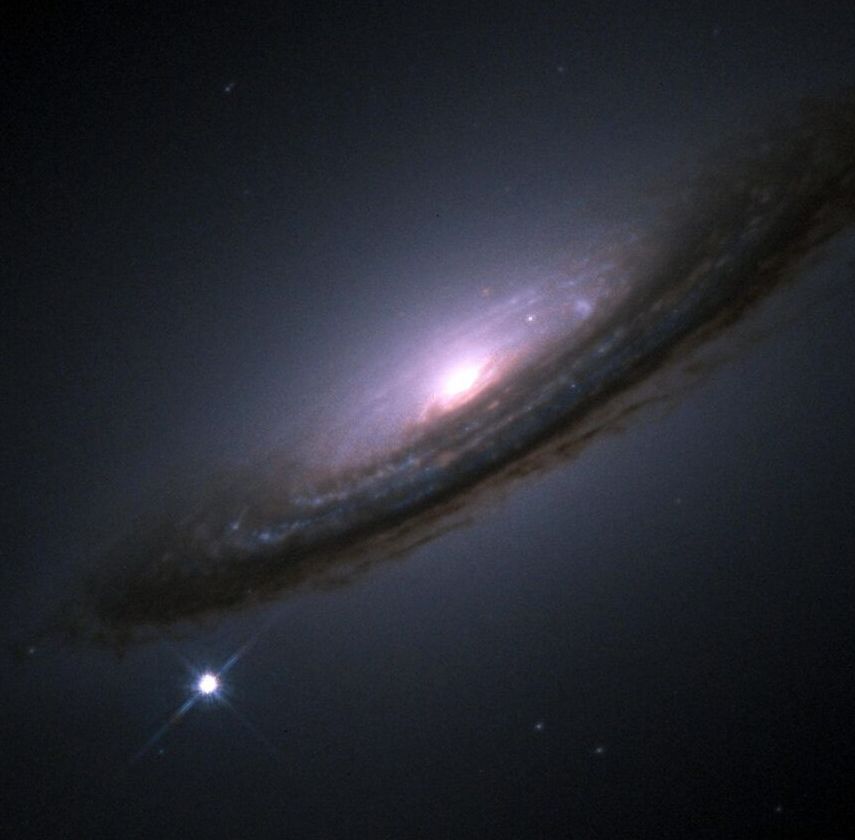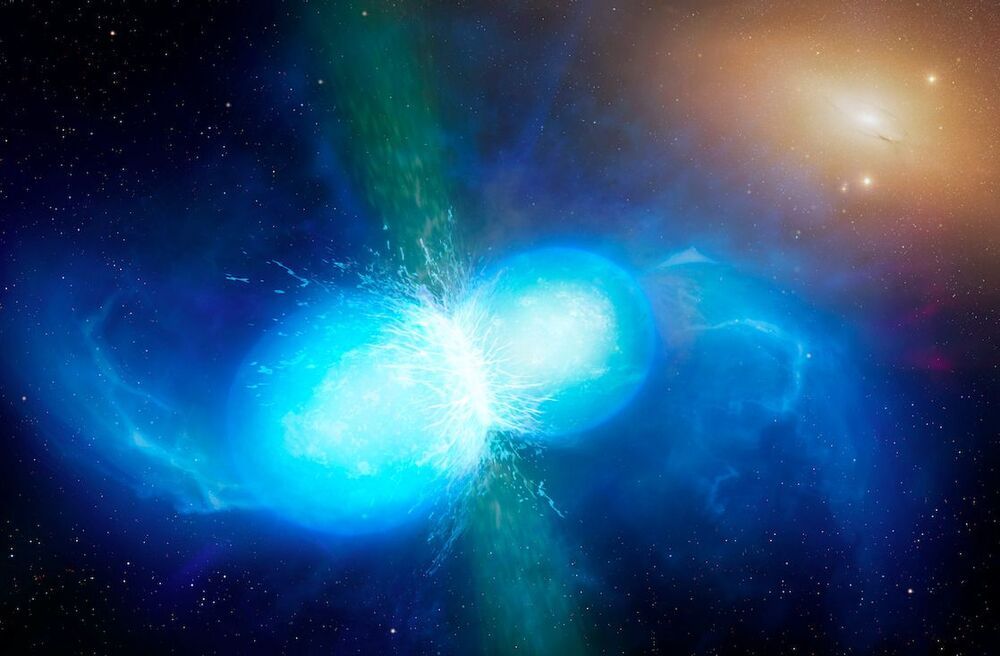The luxury six-hour roundtrip flight will include plush reclining seats, anti-glare windows for photography, and livestream-capable WiFi.



O„ o!!!
Estimated to be between 100 to 370 kilometres in width, the object is bigger than the normal specification of a comet and is likely to be a dwarf planet.
A 6, 00000 year orbit
When first observed in 2014, the mega comet was about 29 Astronomical Units away from Sun — 1 AU is the distance between Earth and Sun. Since then, the 2014 UN271 has travelled nearly 7 AU and is now nearly 22 AU away from Sun. This distance brings it closer to us than Neptune. At its closest approach to planets in our Solar System, it is expected to pass by just 10.9 AU of the Sun, almost reaching the orbit of Saturn.

Boeing finished loading hydrazine and nitrogen tetroxide maneuvering propellants over the weekend into the company’s second space-rated Starliner capsule at the Kennedy Space Center, days after stacking of its Atlas 5 launcher began a few miles away at Cape Canaveral Space Force Station.
The capsule is scheduled to launch July 30 at 2:53 p.m. EDT (1853 GMT) on a test flight to the space station. If all goes according to plan, it will clear the way for Boeing to carry astronauts to the station, possibly before the end of this year.
That will be welcome news to NASA, which has funded the Starliner spacecraft’s development through its a commercial crew program in a cost-sharing arrangement with Boeing. NASA’s commercial crew contracts with Boeing since 2010 are valued at more than $5 billion.


More than 90 years ago, astronomer Edwin Hubble observed the first hint of the rate at which the universe expands, called the Hubble constant.
Almost immediately, astronomers began arguing about the actual value of this constant, and over time, realized that there was a discrepancy in this number between early universe observations and late universe observations.
Early in the universe’s existence, light moved through plasma — there were no stars yet — and from oscillations similar to sound waves created by this, scientists deduced that the Hubble constant was about 67. This means the universe expands about 67 kilometers per second faster every 3.26 million light-years.




